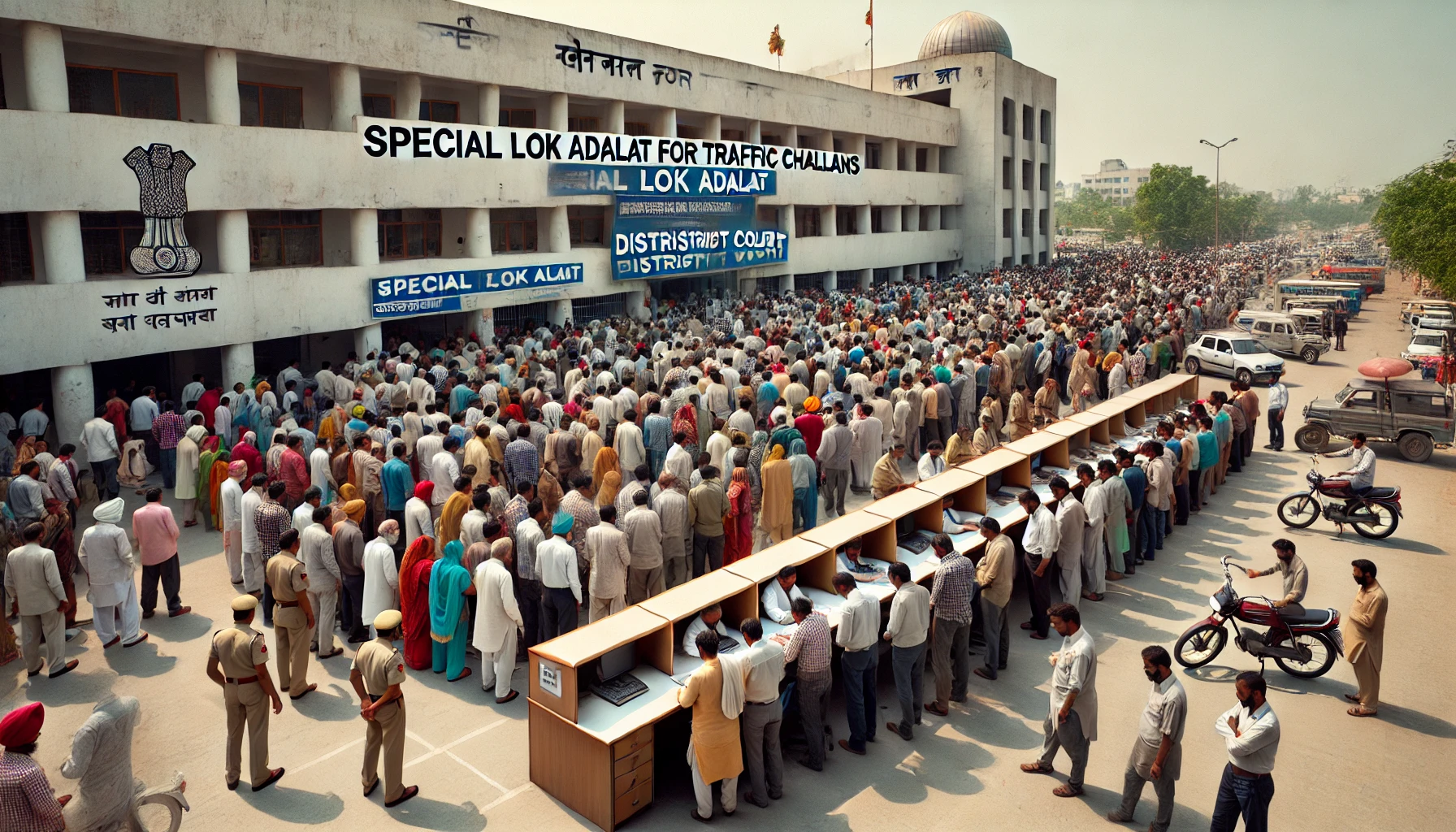
China Starts Building World’s Largest Hydropower Dam in Tibet, Raising Alarms in India and Bangladesh
China has started building the world’s biggest hydropower dam in the Tibet Autonomous Region, sparking serious concerns for downstream countries like India and Bangladesh.
Mega Project on Yarlung Tsangpo River
The new dam, officially named the Motuo Hydropower Station, is being constructed on the Yarlung Tsangpo River, which flows from Tibet into India’s Arunachal Pradesh and Assam, and finally into Bangladesh as the Brahmaputra and Jamuna rivers.
Chinese Premier Li Qiang recently led the official ground-breaking ceremony. Once completed, the dam is expected to generate three times more energy than the Three Gorges Dam, making it the largest hydropower project on Earth.
$167 Billion Project with Global Impact
Estimated to cost 1.2 trillion yuan (approximately $167 billion), the dam will involve building five cascading power stations, tunnel diversions, and river “straightening” to manage the steep terrain.
China claims the project will:
-
Protect the environment
-
Boost local development
-
Supply energy to eastern cities
-
Fulfill Tibet’s energy needs
India and Bangladesh Voice Strong Concerns
Officials and environmentalists in India and Bangladesh have warned of serious geopolitical and ecological consequences.
India’s Position:
-
India fears China could control water flow or use it as a “water bomb” during conflicts.
-
Pema Khandu, Chief Minister of Arunachal Pradesh, warned of the existential threat the dam poses to indigenous tribes and livelihoods.
-
India plans to build its own dam on the Siang River as a protective buffer.
Bangladesh’s Response:
-
Bangladesh has requested more transparency from China and asked for details on the dam’s operations to protect its own river systems.
Environmental and Social Concerns
Critics have flagged several major risks:
-
The area is prone to earthquakes, making large-scale construction risky.
-
The dam threatens Tibetan biodiversity and valleys.
-
Past protests by Tibetans over similar projects have been violently suppressed, raising human rights concerns.
China’s Energy Strategy: Power from the West
This dam is part of President Xi Jinping’s “West-to-East Power Transfer” (xidiandongsong) plan. It aims to tap into Tibetan rivers to generate electricity for eastern cities, while portraying these projects as “green energy” solutions.
However, Tibetan activists and international observers say the strategy exploits Tibetan resources without considering local communities or environmental damage.
🔑 Key Takeaways
-
China’s new Motuo Dam could become the world’s largest hydropower project.
-
The dam raises serious water security concerns for India and Bangladesh.
-
Environmental and human rights issues are at the center of global criticism.
-
The Yarlung Tsangpo River, one of Asia’s most important water sources, may become a new flashpoint in regional tensions.




